Thanks to my friend Bill Biko from TheEducatedLandlord for inspiring me to share my story of how I found new ways to grow rental profits by focusing on the profit and loss equation.
How I Learned to Grow Rental Profits
In 2009 I became an accidental landlord. I needed to move overseas and I could not sell my home due to the housing crash. My choices were to either take a huge loss on the house now or take a partial loss over time on the rental. I opted for the latter.
However I don’t like taking losses. Having a financial background, I was determined to leverage that expertise to find a way to make a profit on my rental.
Here are some of the things that I did to grow rental profits. In this article you will find a wealth of information that you will be able to turn into hard cash. But first, let’s cover the basics.
The Profit & Loss Equation
The profit & loss equation is very simple: revenues minus expenses equals profit or loss.
 It is an immutable law. Therefore, there are only two ways to increase profit. Grow your revenue or reduce your expense. However, most beginners often make the mistake of underestimating expenses and failing to maximize revenues. Knowing your true expenses and growing your revenues is the way to grow rental profits.
It is an immutable law. Therefore, there are only two ways to increase profit. Grow your revenue or reduce your expense. However, most beginners often make the mistake of underestimating expenses and failing to maximize revenues. Knowing your true expenses and growing your revenues is the way to grow rental profits.
Here is what my Profit & Loss statement looked like when I started my real estate business and five years later. We will ignore the impact of depreciation for now so we can focus on the cash flow.
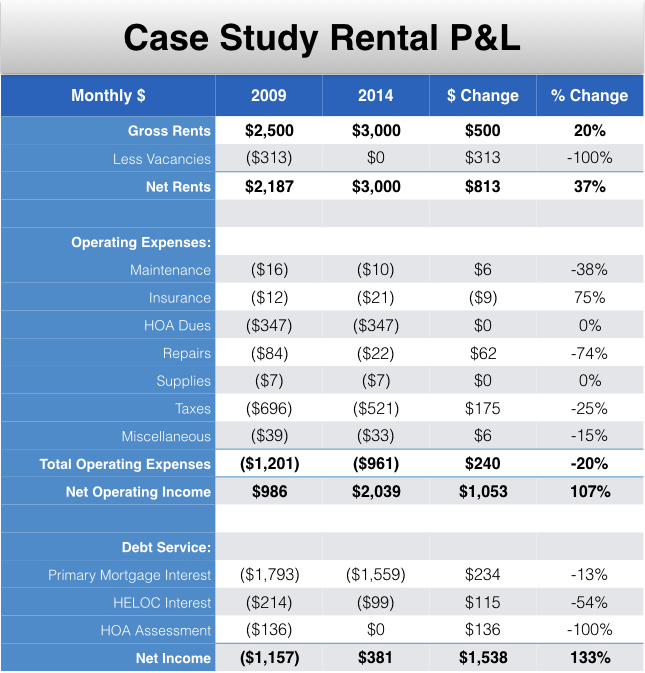 As you can see, I started out by losing over $1,100 per month. Almost half of the losses were due to Homeowner Association Dues and Assessments! Read more about why I don’t recommend buying a Condo to rent out here. I knew I had to grow revenues and reduce expenses fast if I was going to make a profit on this rental.
As you can see, I started out by losing over $1,100 per month. Almost half of the losses were due to Homeowner Association Dues and Assessments! Read more about why I don’t recommend buying a Condo to rent out here. I knew I had to grow revenues and reduce expenses fast if I was going to make a profit on this rental.
Let’s explore ways to grow rental profits.
Grow Rental Revenues
Increasing your revenues has a dramatic impact on your profitability. The best sources of revenue have a direct, one-for-one, increase on your bottom line. That is, they don’t come with a corresponding extra expense so the revenue drops straight to the bottom line.
Charge Market Rate
This is the most obvious way to grow rental profits and sometimes the hardest. Many landlords lose out on significant profits because they fail to raise rents to market rates out of fear they will lose a good tenant. However, with a little knowledge and practice you can be confident you will maximize your renal profits with little risk.
In my example, I steadily increased the monthly rent by an average of about 4% every year from $2,500 to $3,000. I was able to do this because of improvements I made to the unit and a good understanding of the market dynamics.
If you are looking to raise your rents, the first step is to gain a deep understanding of your rental market and rent prices.
- Use Rentometer as a general guide to pricing decisions
- Leverage a Realtor – especially in markets where tenants pay commissions. But always do your own research to check their pricing recommendations.
- Review comparable listings on Zillow, Craigslist and the MLS
- Run a comprehensive Rent Estimate from a service like RentRange. BONUS: Save 25% off the wholesale price of a RentRange report when you sign up and use the code AR25OFF. Instead of $14, you will only pay $10.52!

Most new landlords struggle with raising rents. They are afraid of upsetting their good tenants and risking a vacancy. The reality is that good tenants understand and expect some increase every year and moving is not worth the hassle if you live in a quality rental.
Here are some tips to communicating a rent increase to your tenants
- Build in annual rent increases into your lease agreements. A modest increase of 1-3% communicated at lease signing let’s your tenant know that they can expect small increases annually – not big jumps periodically. Most tenants prefer this.
- Communicate the rent increase along with planned upgrades. Do you need to replace appliances or paint a room anyway? Use these upgrades as a way to make the rent increase more palatable. Note this technique only works with upgrades that increase the tenant’s enjoyment of the rental. Tenants don’t care that you replace the water heater unless it was causing an issue for them.
Prepare a script. Before tenants can object to a rent increase, let them know that you appreciate them as tenants and wish to keep them but your costs are rising and you need to adjust your rent. (Pro Tip – Always call it a “Rent Adjustment.” This implies a market rate and avoids the emotionally charged term “increase”). Tell them you have reviewed the market and have kept your increase below what others are charging. Bill Biko calls it “positioning.” Check out his video on the proper way to position rent increases for a script you can use during your next lease renewal.
Attract Better Tenants
When I was first starting out as a landlord, I was in a hurry to rent my condo. I didn’t have much time to get it rental ready so I had to settle for less rent than I could have charged if it was upgraded. This mistake cost me thousands over the years.
It wasn’t until I was looking to sell the unit that I was able to make the upgrades that local renters were seeking and willing to pay top dollar for. These upgrades also provided a great return on my investment when I did sell:
- New appliances
- New Heater/AC units
- Granite counter tops
- New cabinets
- Replaced carpets with hardwood floors
- Updated bathrooms


You might also consider some other upgrades that will attract a younger demographic like a Ring Video Doorbell or a Ring Floodlight Camera. I am in the process of rolling these out across my SFH rentals because they enhance security and increase appeal among my target market.
I also became smarter about how to position my rental to appeal to my target tenant. I didn’t focus on the rental features typical of most listings (for example 2 BR, 2 BA with EIK). Instead, I focused on the benefits of my condo. Its unique proximity to a children’s water park and great restaurants. Its secure parking garage. The friendly, quiet atmosphere in the building. In short, I helped my prospective tenants imagine how wonderful it would be if they lived in my rental.
With strategic upgrades and highlighting the rental’s benefits designed to appeal to my target tenant, I was able to increase my rents by 20%!
Reduce Vacancies
As you can see from my case study, my vacancy rate in 2009 was 12.5%! I was holding out for a higher rent and it cost me thousands. Avoid the mistake I made. Price your rental right the first time and avoid vacancies at all costs!

By contrast, in 2014, I had no turnover. I learned to screen for tenants who would be likely to stay longer than 12 months. Notice how my Net Rent in 2014 didn’t just increase by 20% (the increase in rent) but by over 37%! This is the compound effect of higher rents and lower vacancies.
Related – How to Minimize Tenant Turnover Costs
Another way to reduce vacancies is to use a good rental listing site to market your rental. See which ones have the most reach and best tenant leads in this rental listing case study.
Always Charge Late Fees
Never miss an opportunity to charge a stipulated fee, especially a late fee. This is not so much a revenue driver as it is a cost avoider. Let your tenants know you are serious about collecting rents on time. Charge a late fee the first time and every time. No exceptions.
If you are not comfortable charging late fees, then consider adding $25 – $50 to the monthly rent. Then offer your tenants an equal reduction in monthly rent if they pay on the 1st of the month. Watch how quickly rent checks will arrive one or two days early!
Find Additional Sources of Revenue
Don’t assume rent is your only source of income. There are many ways to bring in extra income by providing extra value to your tenants. Do you have on site storage that you can rent for an extra $5 or $10/month? Can you provide parking spaces and tags for an extra fee? Hire a landscaper and charge an extra $5 per month for your time.
Do not, however, install coin operated laundry machines in your SFH or Duplex. It won’t pay out and your tenants will think “what a cheap landlord” every time they do laundry. Provide free laundry and charge higher rents instead.
Reduce Rental Expenses
Now that we’ve explored ways to increase rental revenues, let’s look at some ways to reduce rental expenses to grow rental profits.
Lower Debt Service Costs
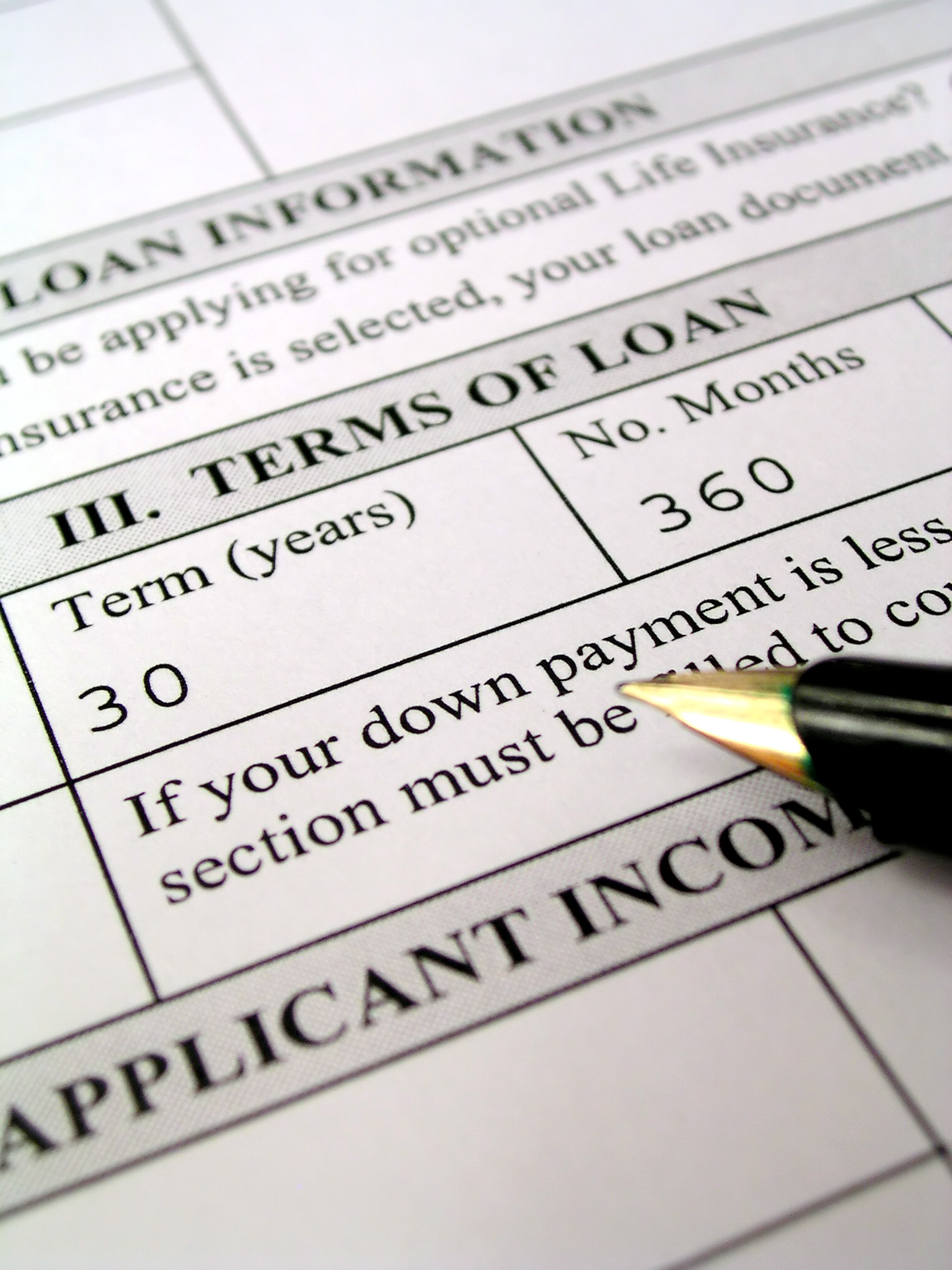
Your biggest expense is most likely your debt service. Finding ways to trim this expense will have a tremendous impact to your bottom line. The best way to accomplish this is to refinance to a lower mortgage rate. You’ll see in my case study I was able to refinance both my Primary and HELOC loans for a total monthly savings of about $350 or about $4200 annually!
 We’re entering a period of rising interest rates so lowering your rate may not be an option but there are other ways to save on mortgage costs. Pay down any principle you can on variable rate loans. This will have a proportional impact on your interest expenses. The higher the rate, the higher the savings.
We’re entering a period of rising interest rates so lowering your rate may not be an option but there are other ways to save on mortgage costs. Pay down any principle you can on variable rate loans. This will have a proportional impact on your interest expenses. The higher the rate, the higher the savings.
Note, I do not recommend paying down a fixed rate mortgage. That only shortens the payback period but doesn’t reduce your monthly payment. You can put that money to projects that will raise rents or lower your expenses. The only exception to this rule is to build enough equity in your property to eliminate any PMI expense.
Use an Insurance Broker
In my Top 50 Tips for New Landlords article I review the different types of landlord insurance. Having adequate insurance coverage will cost you extra but it will be worth the peace of mind. However, there is one easy way to save on Landlord Insurance without sacrificing coverage or carrying a high deductible.
Always use an Insurance Broker. There are two very good money saving reasons to do so. First, you can periodically have your broker check for lower rates if you find your provider is raising rates more than you’d like. Second, you can avoid inadvertent rate increases.
Insurance companies keep records of every contact you have with them. If you call to even inquire about filing a claim, they can flag you as a risk and raise your premiums. They can even drop you if they want! With a broker, you can avoid this by screening your questions through them.
Note in my example that my insurance costs actually went up because I found I was very under-protected. That’s another good reason to use a broker who can point these things out form a relatively unbiased point of view.
Make Necessary Repairs

I was able to reduce my Maintenance & Repairs expense by nearly $70 per month by upgrading appliances and bathrooms. I was constantly paying a plumber or technician to repair something that should have been replaced before I ever rented the place out. See Landlord Tip #1. That dropped another $800 to the bottom line annually.
Self Manage Your Property
I have to confess. I had a pretty sweet deal when I relocated out of the country. My company set me up with a property management company at no cost to me. Hence no PM expenses in my case study. But I wasn’t about to pay for one when I returned home either! Finding a great PM company isn’t easy and it will eat up 8-12% of your net rents.
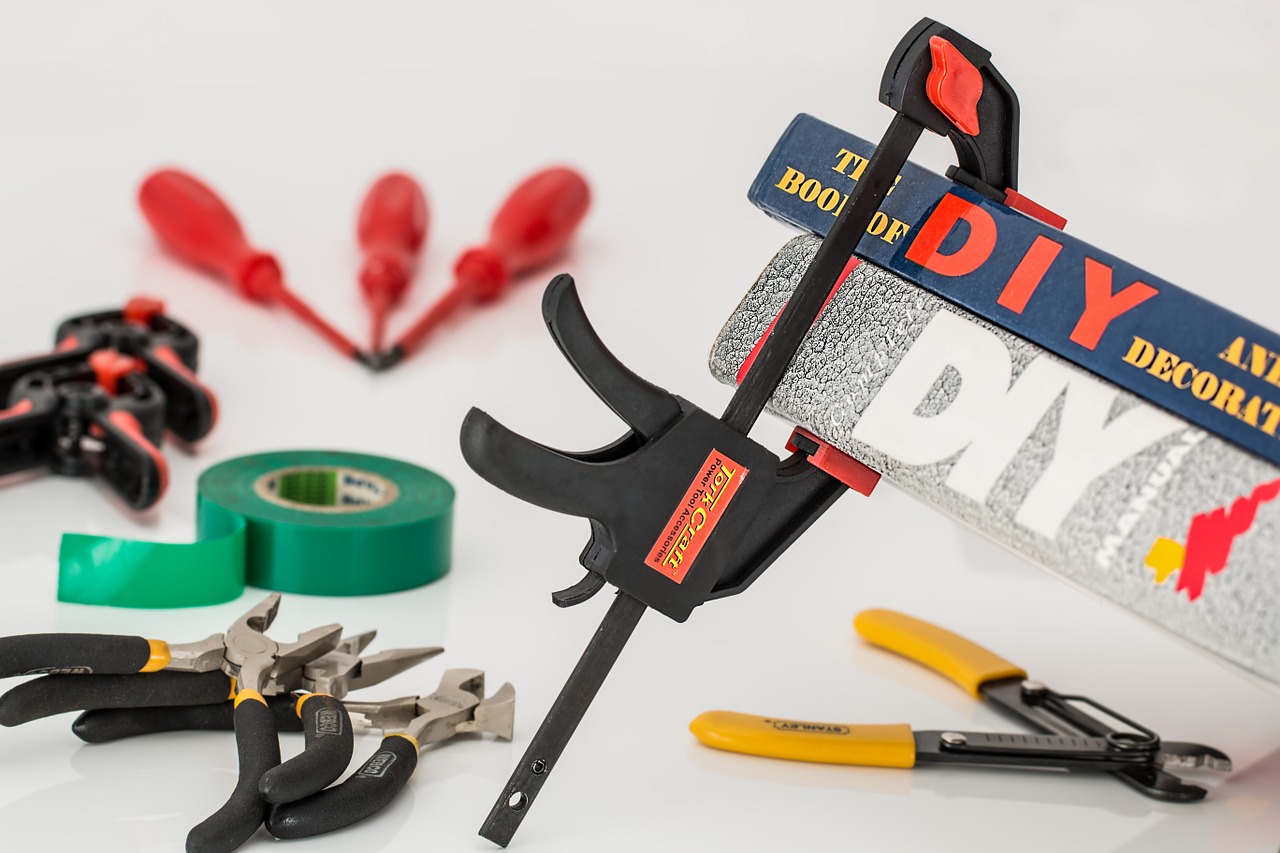 Learn to do some repairs yourself and save yourself hundreds if not thousands as you are starting out. Here are some things to consider if you are thinking about DIY Property Management.
Learn to do some repairs yourself and save yourself hundreds if not thousands as you are starting out. Here are some things to consider if you are thinking about DIY Property Management.
Challenge Your Property Taxes
I live and invest in New Jersey. Home of Bruce Springsteen, The Jersey Shore and the highest property taxes in the country. The period after the housing bubble created the perfect opportunity to challenge investment property values. I was able to reduce my taxes by $175 per month or over $2,100 annually. Here is a great article that details the general property tax appeal process. Check with local officials for the process your town uses.
Lobby to Reduce HOA Fess
I’ll admit, I wasn’t successful in reducing the HOA fees in my case study but they didn’t increase in the 5 years I owned the property either. I attribute that, in part, to the fact that I was a board member. If you’ve read my article: Be Cautious Before Buying a Condo to Rent Out, you know I am not a fan. I certainly wouldn’t recommend having a condo as a rental but if you do, I highly recommend joining the board so you can be the voice for the investors in the building. Keep extra costs in check where possible. Only approve expenses that will bring value to your future tenants.
 Notice the HOA Assessment fee in 2009 in my case study. I was paying over $1,600 annually for maintenance work prior to my purchasing the condo. No one could even remember what it was for! Don’t invest in a condo. Just don’t.
Notice the HOA Assessment fee in 2009 in my case study. I was paying over $1,600 annually for maintenance work prior to my purchasing the condo. No one could even remember what it was for! Don’t invest in a condo. Just don’t.
Do Your Own Bookkeeping and Taxes
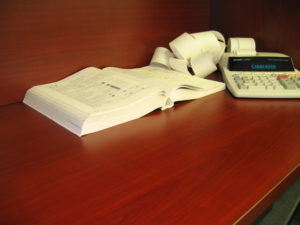 Again, I had a sweet deal in this respect. I had the full services of a top global accounting firm due to my relocation. And I needed it. There is nothing more complicated than figuring your US taxes as an ex-pat! But, I did this myself as soon as I returned home.
Again, I had a sweet deal in this respect. I had the full services of a top global accounting firm due to my relocation. And I needed it. There is nothing more complicated than figuring your US taxes as an ex-pat! But, I did this myself as soon as I returned home.
I don’t recommend it if you have a complicated situation like mine or if you don’t feel numbers are your strong point (I’m a former CPA myself and the ex-pat stuff was beyond my capabilities). But if you are just starting out with a small portfolio and you are comfortable with numbers, then I recommend investing in simple tax software such as Turbo Tax or H&R Block. I prefer H&R Block (Amazon Affiliate link) because it is easy to use and less expensive than Turbo Tax. Plus you get the added benefit of being able to drop into any of their local branches and have someone review your return if you have any questions.
You can also save money by using an online landlord forms service to draft your leases and other legal documents and then have a local lawyer review them for less than they would charge to write one for you.
Charge for Utilities
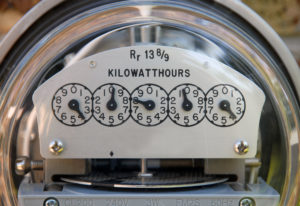 Always have the tenants pay for utilities if possible. Avoid subsidizing water, heat and electric utilities. If you rent a SFH, make it clear in your listing which utilities the tenant is responsible for. I charge for everything except sewer and garbage disposal which is included in my property taxes.
Always have the tenants pay for utilities if possible. Avoid subsidizing water, heat and electric utilities. If you rent a SFH, make it clear in your listing which utilities the tenant is responsible for. I charge for everything except sewer and garbage disposal which is included in my property taxes.
If you own a multi-family home, invest in splitting the water and electric meters. This will significantly improve your ROI and will be worth the upfront costs. Splitting water meters also allows you to add washer/dryers in your units. It’s a significant value-add for tenants and they won’t mind paying the water and electric bill.
Be sure to keep your total rental cost in line with the market. If the competition includes heat and water then you need to adjust your rent accordingly. You will still come out ahead by avoiding over usage from your tenants.
Reduce Tenant Turnover
Tenant turnover is a huge drag on your bottom line. You need to clean the unit, change the locks, repaint, make repairs, marketing etc. All of which cost you time and money. Keeping tenants happy by making timely repairs and being responsive in general is the best way to reduce turnover. I also screen for long-term tenants in my application. See Landlord Tip #8.
Knowing how much it costs you is the first step to reducing this rental expense. If it costs you on average $300 to turn a property over, then you can offer an incentive of up to $25/month to stay. Not every tenant will take you up on this offer but for those that do, you save yourself the hassle and time if not the money.
Turnover is inevitable though. One easy way to save money is to install Kwikset Rekeyable SmartKey Locks in every rental. Landlords are required to change the locks for every tenant but it doesn’t mean we have to spend $100 for a locksmith to do it. I am in the process of installing these across my rentals and they have already paid for themselves.
Automation
 Speaking of time and hassle, don’t forget about your opportunity costs. Time spent managing your properties is time you could be spending finding your next deal. Automation may not have a direct impact on your rental profits but it will impact your overall business. Find ways to streamline your processes and grow rental profits.
Speaking of time and hassle, don’t forget about your opportunity costs. Time spent managing your properties is time you could be spending finding your next deal. Automation may not have a direct impact on your rental profits but it will impact your overall business. Find ways to streamline your processes and grow rental profits.
Rent Collection
Do you make rounds collecting and depositing rent checks every month? Automate it. I use Cozy for rent collections. I don’t know who is a bigger fan, me or my tenants! See my review here and a comparison chart of the top free online rent collection services here.
You may want to consider upgrading to a full PM software suite such as Buildium or Appfolio when your portfolio grows to five or more rentals. These tools help you automate virtually all aspects of managing your properties, from rent collections to maintenance requests to bookkeeping and lease renewals.
Virtual Assistant
Consider adding a Virtual Assistant to your team. VA’s are perfect for doing repetitive tasks that don’t require a physical presence or much knowledge about your business. I recently signed up a service and it has been eye opening.
A good VA can do just about anything you can think of to clear up your To Do list so you can spend more time finding ways to grow rental profits. Be sure to start with small tasks to get some practice on how to write clear instructions and test your VA. Here’s a great list of some of the best VA companies to get you started.
Conclusion
Finding ways to grow rental profits is a never-ending goal as a Buy and Hold real estate investor. Continuously leverage the power of the Profit & Loss Equation to increase your ROI year after year. For more ways to manage your rental for maximum profit, I suggest reading Ken Mcelroy’s classic book The ABCs of Real Estate Investing: The Secrets of Finding Hidden Profits Most Investors Miss (Amazon Affiliate link). Read my review of this must-have landlord book and see how he inspired me to find hidden profits to grow my rental profits.
What ways have you found to grow rental profits? Tell us your story in the comments section.
Don’t miss my latest FREE giveaway!

Sign up for the AccidentalRental.com newsletter and receive your free copy of my 42-point Tenant Turnover Checklist today. Learn how to save thousands on tenant turnovers.




